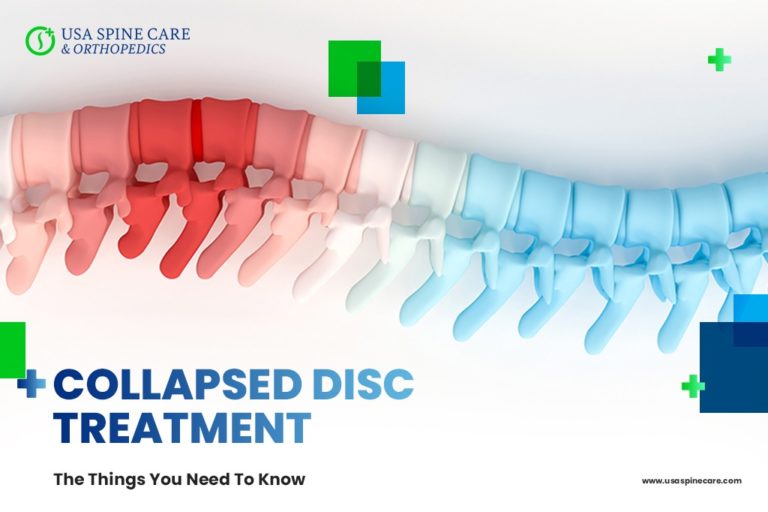Overview
Foraminal narrowing, or foraminal stenosis, is a condition of the spine that can cause pain and other symptoms resulting from spinal nerve root compression. At every level of the spine, a pair of nerve roots runs through the spinal column via small openings called foramina (singular: foramen). When narrowing, or stenosis, occurs in the foramina, the space available for the nerve roots to pass is reduced. While narrowing of the foraminal canals does not necessarily elicit symptoms, if a nerve root is irritated or compressed, it can cause pain that radiates along the length of the nerve as well as tingling, numbness, or weakness within the muscle group innervated by the affected nerve.
Causes of Foraminal Narrowing
Most cases of foraminal stenosis are related to a gradual anatomical deterioration that is associated with the aging process. The vertebrae, intervertebral discs, and other components break down after years of wear and tear, especially within the cervical (neck) and lumbar ( lower back) regions of the spine. Usually, this anatomical degeneration affects one side of a vertebral segment, producing unilateral foraminal narrowing. Sometimes, degeneration affects both sides of a vertebral segment, and this is known as bilateral foraminal stenosis. Conditions that can produce stenosis within the foraminal canals include:
- Bulging Disc – a portion of the outer disc wall can protrude into foraminal space
- Herniated Disc – extruded disc nucleus material breaks through a tear in the disc outer wall and leaks into the foraminal opening
- Bone Spurs – osteophytes resulting from arthritis of the spine can grow along the edges of the foramina, constricting available space
- Spondylolisthesis – slippage of one vertebra over another can reduce foraminal space significantly
- Spinal Injury – a fracture or compression injury can displace vertebrae, thereby reducing the space available for nerve roots to branch off the spinal cord
- Degenerative Disc Disease – deterioration of an intervertebral disc can reduce the disc’s height, shrinking the foraminal space available for nerve roots to pass
Symptoms
While the foraminal narrowing does not cause any pain or symptoms on its own, it does create a high risk for nerve compression in the spine. This passageway is the opening through which the nerve roots in the spinal canal travel to the rest of the body. Therefore if this passage becomes contrite or narrows there is a risk that a nerve root will become trapped. A trapped or compressed nerve root can cause severe chronic pain that occurs not only at the site of the nerve compression but also through the length of the nerve pathway into the extremities.
The symptoms of foraminal narrowing include:
- Pain
- Cramping
- Muscle weakness
- Spasms
- Numbness
- Tingling
Treatment
Treatment for foraminal narrowing typically begins with conservative methods. These methods may include one or more of the following:
- Intermittent periods of rest
- Pain medications
- Physical therapy
- Moderate exercise
- Stretching
- Hot/cold therapy
- Alternative treatment
Surgery
Traditionally, surgery for foraminal narrowing meant a full back procedure that required a large incision, significant muscle disruption, overnight hospitalization, and a lengthy recovery. Now, patients have the opportunity to choose a safer and more effective alternative to traditional open-back surgery.
BEST Health System provides minimally invasive spine surgery on an outpatient basis that can treat foraminal stenosis and many other spinal conditions. Our procedures use muscle-sparing techniques that allow for small incisions, offering our patients a lower risk of complications compared to traditional open neck or back surgery.
